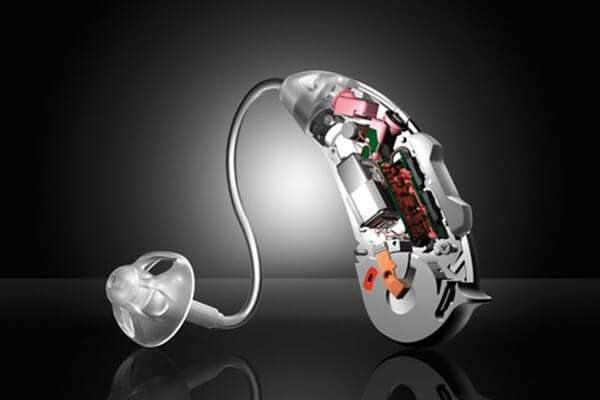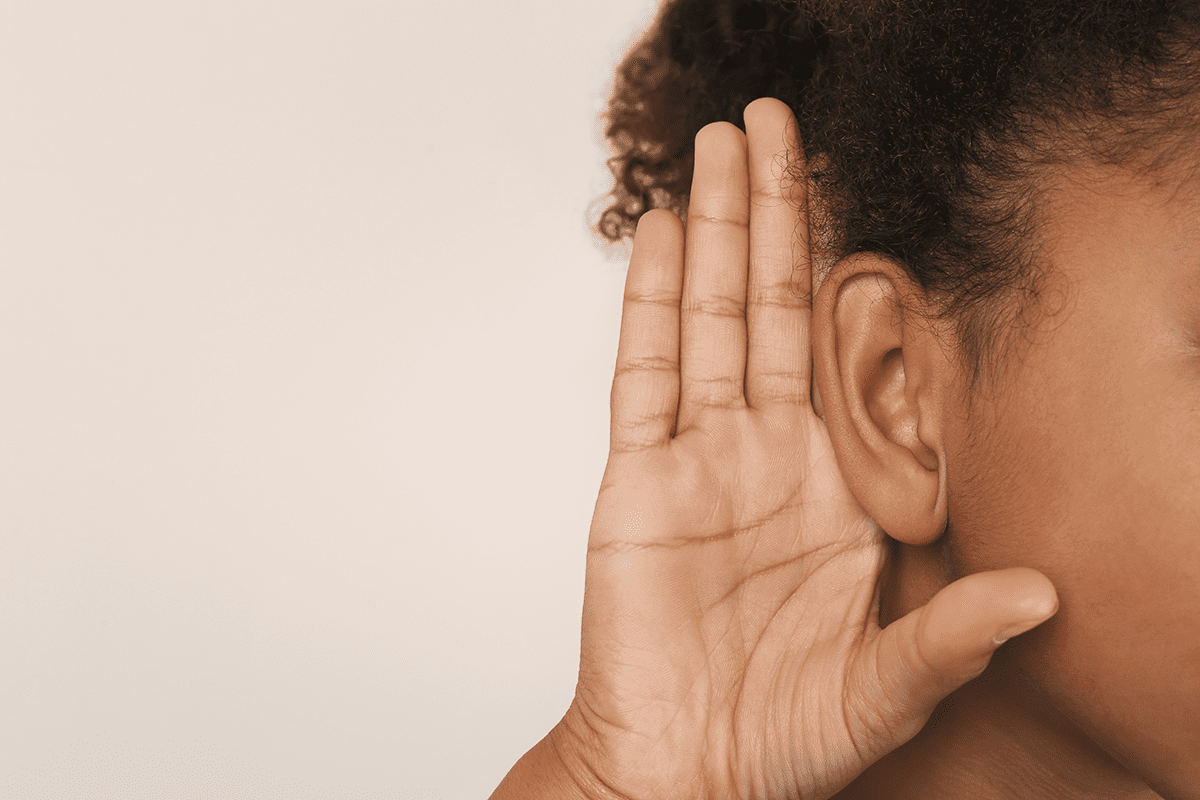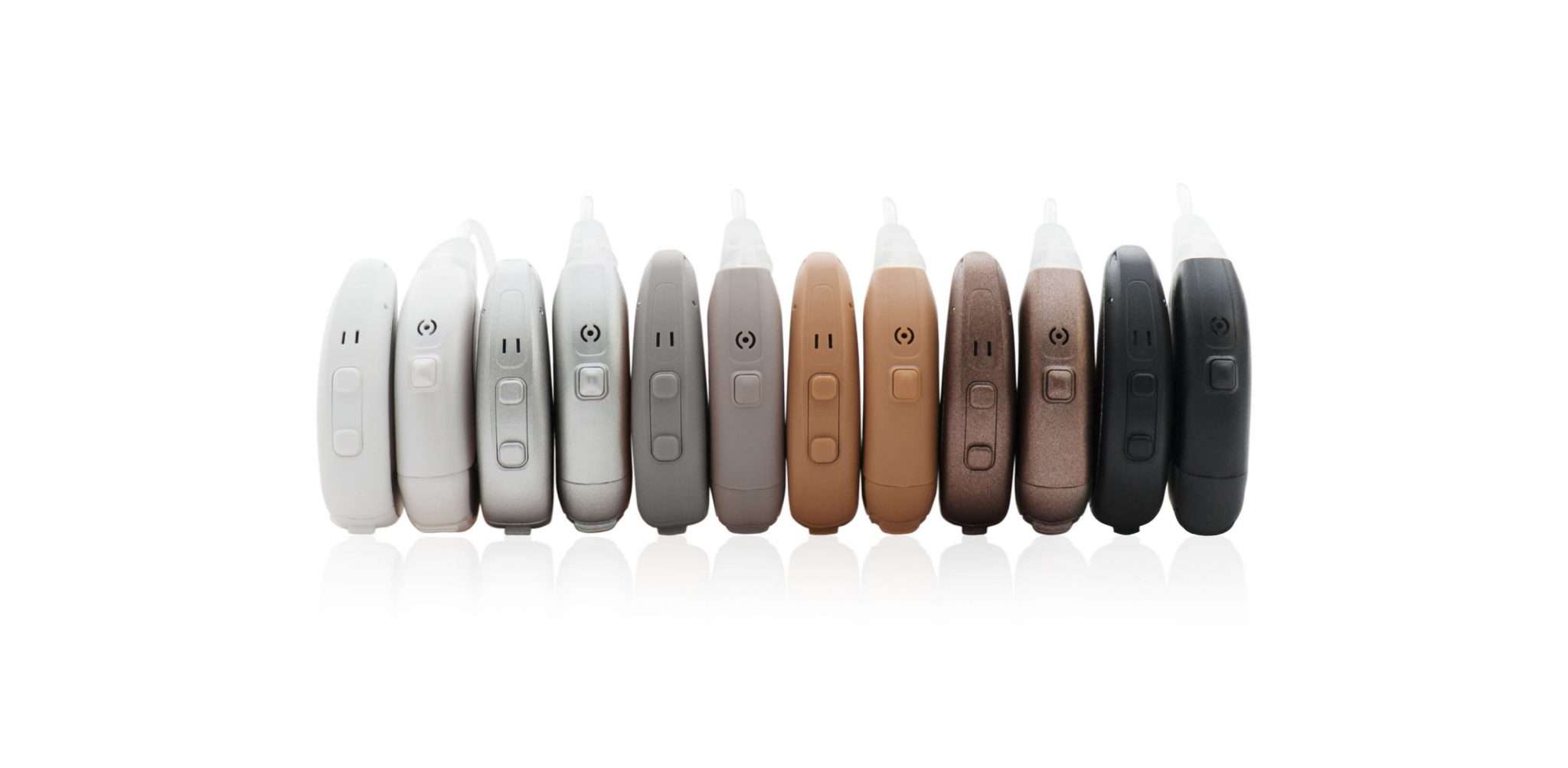The year 2016 has provided exciting new innovations in hearing aid technology that differ from those made even a year before. Learn more about the history of hearing aids in this week’s Audicus blog!
As long as there have been humans there has been hearing loss, and throughout the centuries people have designed different forms of technology to help combat hearing impairment.
Early Hearing Aid Tech
Hearing aids were first documented in a 1588 book called
Natural Magick. People would carve wood into the shapes of animal ears, specifically animals that were thought to possess a better sense of hearing than humans.
Hearing aid trumpets prevailed in the 17
th and 18
th century. One end of the apparatus was wide to collect sound, while the other end was narrow to channel the captured sound, amplified, into the user’s ear. Although glass, sea shells and animal horns were starting materials for these trumpets, they were later made out of copper and other metals.
In the 1800’s
hearing aids were integrated as fashion accessories, and were assimilated into hair styles and clothes. Interestingly enough, this fad reemerges 200 years later.
The invention of electricity drastically changed newer versions of
hearing aid technology. Hearing aids now involved a carbon microphone and battery. These devices were worn around the neck and usually had a battery life of only a few hours.
The creation of the transistor in the 1950’s led to further improvements in hearing aid technology, as hearing aids were able to be made less bulky. Silicon transistors allowed developers to make hearing aids even smaller. Digital hearing aid technology was the dominant form of hearing aid technology in the mid-1990s.
Hearing Aid Microsystems, Wireless Hearing Aids and Hearables
In 2014 researchers at Fraunhofer-Gesellschaft designed hearing aid microsystems. These hearing aid devices have the dimensions of 4x4x1 millimeters, making them less than one-sixth of an inch long. Because of their small size these microsystems consume much less energy than the hearing aids of the mid-1990s and are much less conspicuous.
Hearing aids that use Bluetooth wireless technology receive wireless signaling from other Bluetooth enabled devices. Users are able to tune into televisions, laptops or other devices that use audio signals. Bluetooth helps to eliminate background noises that would normally make listening more difficult for people that rely on hearing aid devices.
Hearables refer to hearing aid technology as well as other forms of technology that rely on direct auditory transmission to the ear. The fast-evolving hearable industry promises to create hearing aids with even more functions, as well as technology that might even replace hearing aids.
For example, Here earbuds are miniature speakers that can adjust the volume you experience in your external environment. Here One earbuds can sync with an iPhone, receive calls, use Siri and play music.
These new innovations in hearing aid technology not only provide users with higher-quality products, they also help to eliminate the stigma that is normally associated with using hearing aids.
Sources: Beltone
By: Aaron Rodriques




